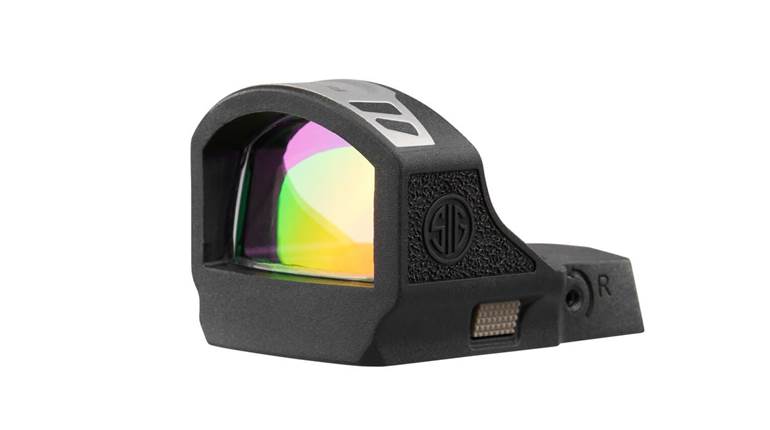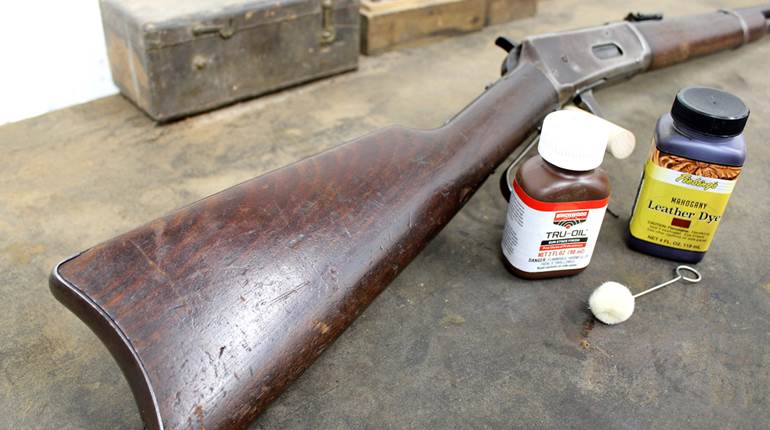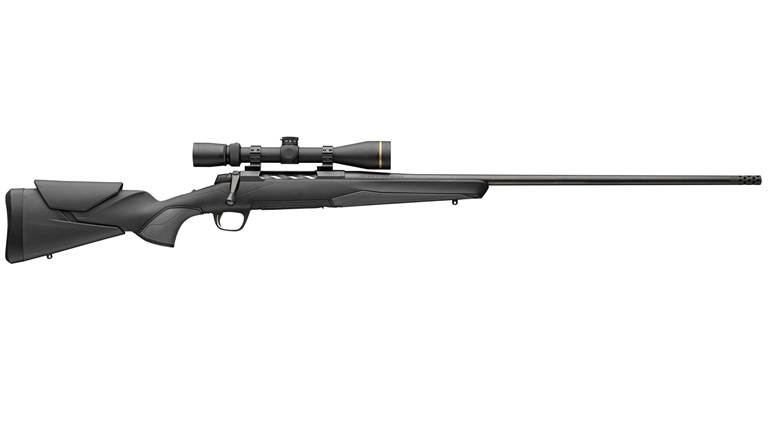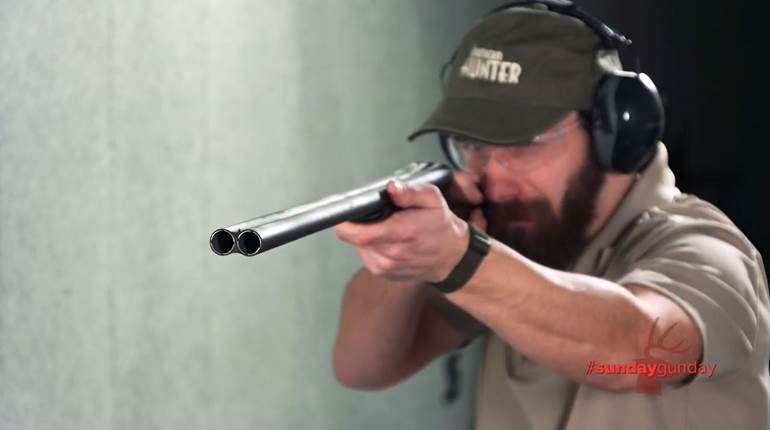
It was 1853 when Friedrich Peyer im Hof, Heinrich Moser and Conrad Neher established a luxury railway car and wagon business in Switzerland. The Swiss Wagon Factory—the name it operated under at the time—proved to be a short-lived venture. When that nation’s Federal Ministry of Defense announced a search for a new army rifle, the trio of engineers pooled their talents.
The firearm they helped create was submitted for consideration in 1860. It won, and in 1864 the company received an order for 30,000 of those Prelaz-Burnand muzzleloaders. The shift in manufacturing demanded a name change. Schweizerische Industrie-Gesellchaft (SIG) was selected, which translates to Swiss Industrial Company in English. It’s the initials “SIG” enthusiasts know best, though.
Performance and reliability were SIG’s focus from the beginning. Throughout the company’s history it has produced quality firearms, but international acclaim arguably didn’t begin until 1949 when it developed the P49 pistol for the Swiss Army. That year the P220 was fielded by that nation’s military and the compact P230 was issued to the country’s law enforcement personnel.
Business boomed and by the 1970s the SIG corporate umbrella included Hammerli Target Arms and J.P. Sauer & Sohn. In early 1985 SIGArms opened in Tysons Corner, VA, importing P220s and P230s for U.S. enthusiasts. The demand was heavy enough to force the company to move to a bigger location in Herndon, VA. There it also started offering P225s, P226s and P228 pistols.
By 2000, though, company was suffering financially. “Seventeen years ago, the company today known as SIG Sauer was on the verge of dissolution,” Kelly Young explained to American Rifleman readers in 2017. “Although its steel-frame, hammer-fired, semi-automatic pistols were high-quality firearms with sterling reputations among American shooters in the know, import fees and inefficient manufacturing practices hiked up the prices on the company’s products so much so that it couldn’t sell enough units to remain profitable.”
Ron Cohen was hired as CEO in 2004 and immediately enacted a variety of changes that turned things around. A conscious and deliberate shift to American manufacturing was made, along with product diversification. In 2006 the SIG556 semi-auto rifle hit the market, the first in a long-arm lineup now among the most popular on the market.
In the fall of 2007, the company officially changed its name to SIG Sauer. In 2014 the company relocated its headquarters and production facility to a 206,000-square-foot Newington, NH, plant. Two years later the firm launched optics, ammo, suppressor and airgun lines.
Then, in 2017 SIG Sauer won the contract to supply the U.S. Army with the new Modular Handgun System, permanently cementing the company’s name in American firearm history. It continues to innovate, and somehow manages to maintain that focus on quality and reliability that launched the company nearly 170 years ago, at the Rhine Falls in Switzerland.




































